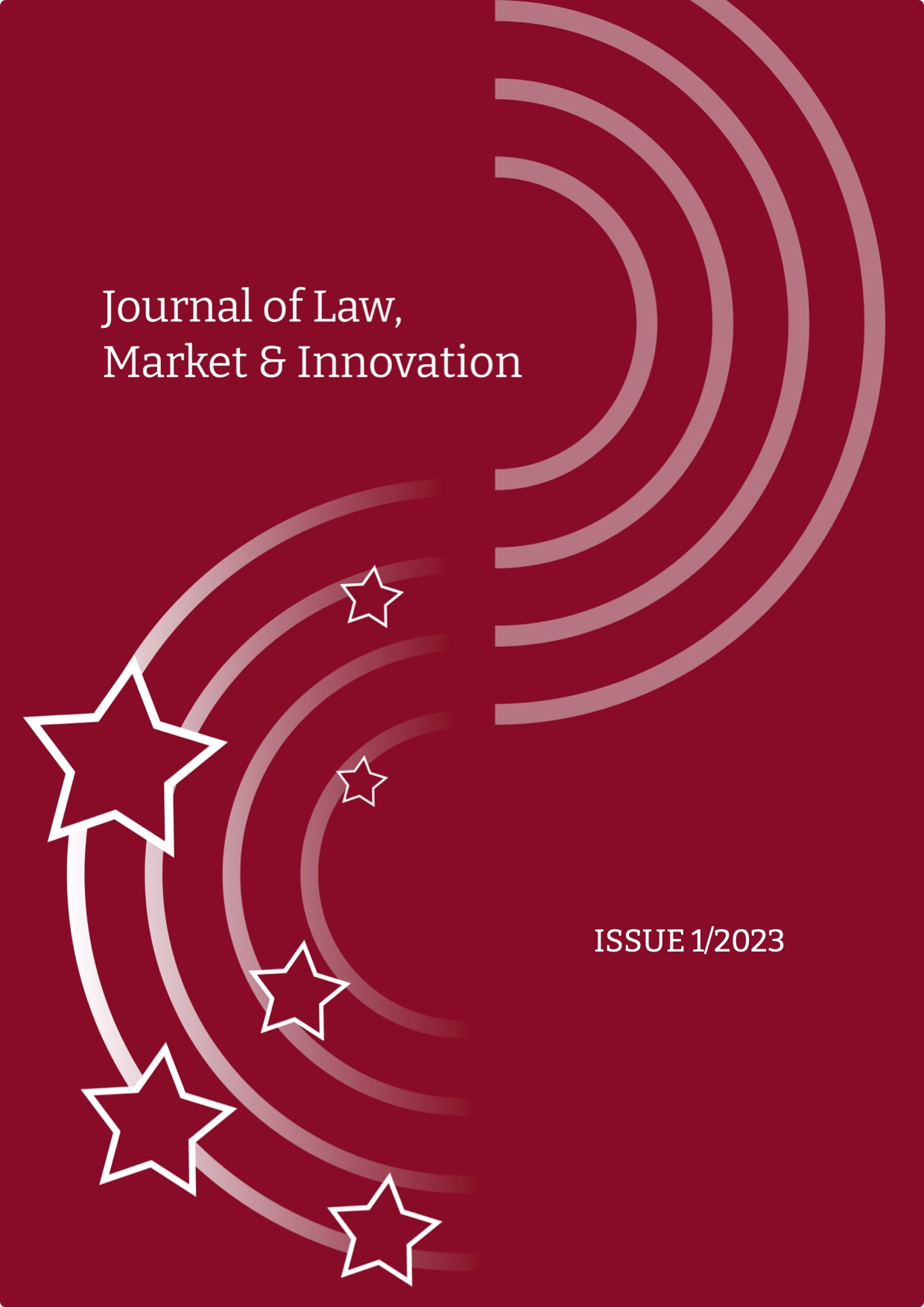Anti-money laundering laws: a thorn in the side of decentralised digital assets among the Four Asian Tigers
DOI:
https://doi.org/10.13135/2785-7867/7443Keywords:
Decentralised Digital Assets, Anti-Money Laundering, Virtual Asset Service Providers, SanctionsAbstract
The Four Asian Tigers are often characterised by their surge of economic growth, and have come to represent rapid industrialisation albeit with a dash of authoritarianism. Indeed, the economies of Hong Kong, Singapore, South Korea and Chinese Taipei had undergone an unprecedented level of development in an extremely short span of time following decolonialisation, causing the World Bank to dub them “The East Asian Miracle”. Yet, as the world moves into the digital age, new hurdles present themselves on the horizon for these mammoths to overcome. Of these, one of the tallest, and perhaps most unpredictable, seems to be the increasingly disruptive nature of decentralised digital assets (“DDA”). Since the launch of Bitcoin in 2008, the use, development and activity of DDAs has been growing at an unprecedented rate across the globe. With a global market cap of over $1 Trillion USD in crypto-assets alone, DDAs undoubtedly would play a significant role in the modern global economy.
Yet, despite the huge potential around these assets, policy-makers have become particularly wary of these DDAs. The emphasis on their decentralised nature has presented them as a way for users to undermine the traditional regulatory mechanisms. Particularly here, DDAs have gained notoriety as tools for assisting in money-laundering, and bypassing state-imposed economic sanctions. Studies by the International Federation of Accountants here note 5 common ways these occurs: (1) predicating crime, (2) converting illegally obtained digital assets into tangible assets, (3) hiding transactions through anonymised services, (4) layering numerous exchanges of assets from tangible to intangible to mask transactions, and (5) the integration and legitimisation of income. In light of these concerns, regional harmonised approaches seem to be taking centre stage. In Europe, significant discussion has been placed around the recent Markets in Crypto-Assets Regulation. On the other side of the Atlantic, the United States seems to be working on similar provisions, following the recent leak of the draft bill regulating DeFi and Decentralised Autonomous Organisations (‘DAO”). Yet, such a harmonised approach seems to be lacking in Asia. Instead, competition between the Asian Tigers to attract investors has resulted in starkly individualised approaches among them, each looking to out-position the other to take advantage of these new developments. However, this disharmonised and fragmented approach ultimately led to cracks appearing in the regulatory firewall, often through policy oversights.
This paper will thus take a comparative, and law-economics based approach towards the law governing DDAs across these 4 high-income economies, particularly the laws governing transnational anti-money laundering mechanisms, and the place of DDAs in the law of sanctions among these nations. It primarily considers this from the perspectives of DDAs as a tool, and their impacts on how nation-states craft anti-money laundering laws (“AML”). While it ultimately concludes that the fragmented approach is acceptable given the current
situation, greater cooperation between both private and public stakeholders is imperative towards the development of the law of sanctions.
In doing a comparative analysis within these economies, this paper looks at 2 key areas within AML on digital assets. Firstly, it considers the extent of which regulatory mechanisms (such as disclosure of identities) interact with these DDAs within the local economies. Then, it considers how sanctions target DDAs, and the relevant AML laws. A further dimension that is also explored is the role of Virtual Asset Service Providers (“VASPs”) within these economies, and the nature of the set of rights which are attached to these DDAs. It then discusses how this domestic legislation would interact with the growing body of international law instruments that have been in the works, including the guidelines introduced by the Financial Action Task Force (“FATF”), and the United Nations International Institute for the Unification of Private Law. It is then argued here that the crux of the interaction between the law of sanctions and domestic legislation on DDAs lies in the conversion between DDAs and tangible assets. The role of AMLs should then look to combat the conversion of “dirty” assets as a whole.
Ultimately, the comparative analysis concludes with a brief discussion of mechanisms to strengthen and, to an extent, harmonise international laws in this field. Firstly, the doctrine of comity between nations should once more be reaffirmed and strengthened. This ensures mutual recognition of regulatory attempts between these economies mutually strengthening AML legislation through the Courts in a bottom-up, but also a top- down regulatory perspective. This similarly extends to provisions around regional cooperation across the private sector, and mechanisms where these economies can implement to encourage such cooperation. Secondly, a discussion is had about the use of corporate standards for future regulatory work; concerns that AML might be too reactive, or “out-of-date” is rather prominent. Hence, futureproofing through working with various stakeholders to develop comprehensive frameworks to encapsulate the relevant features and novelties with DDAs would prove invaluable. Such would then allow these economies to fully utilise DDAs to their full potential while ensuring compliance with the law of sanctions.



 EJIF has been approved for inclusion in
EJIF has been approved for inclusion in  The Journal of Law, Market & Innovation is indexed in
The Journal of Law, Market & Innovation is indexed in  The Journal of Law, Market & Innovation is indexed in
The Journal of Law, Market & Innovation is indexed in  The Journal of Law, Market & Innovation is indexed in
The Journal of Law, Market & Innovation is indexed in  The Journal of Law, Market & Innovation is indexed in
The Journal of Law, Market & Innovation is indexed in  The JLMI is classified as a "Class A" journal for Law (Area 12) by the Italian
The JLMI is classified as a "Class A" journal for Law (Area 12) by the Italian 
